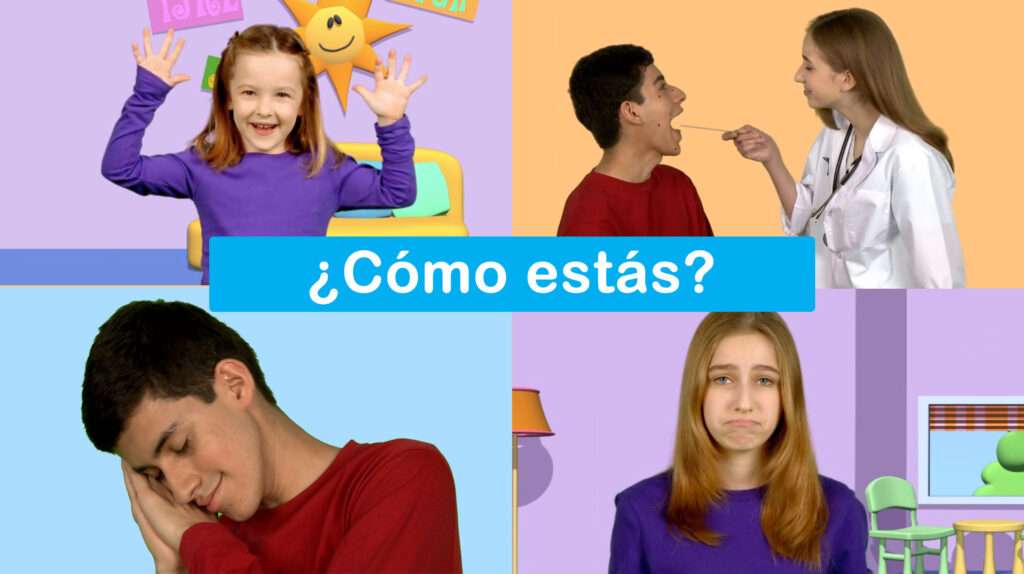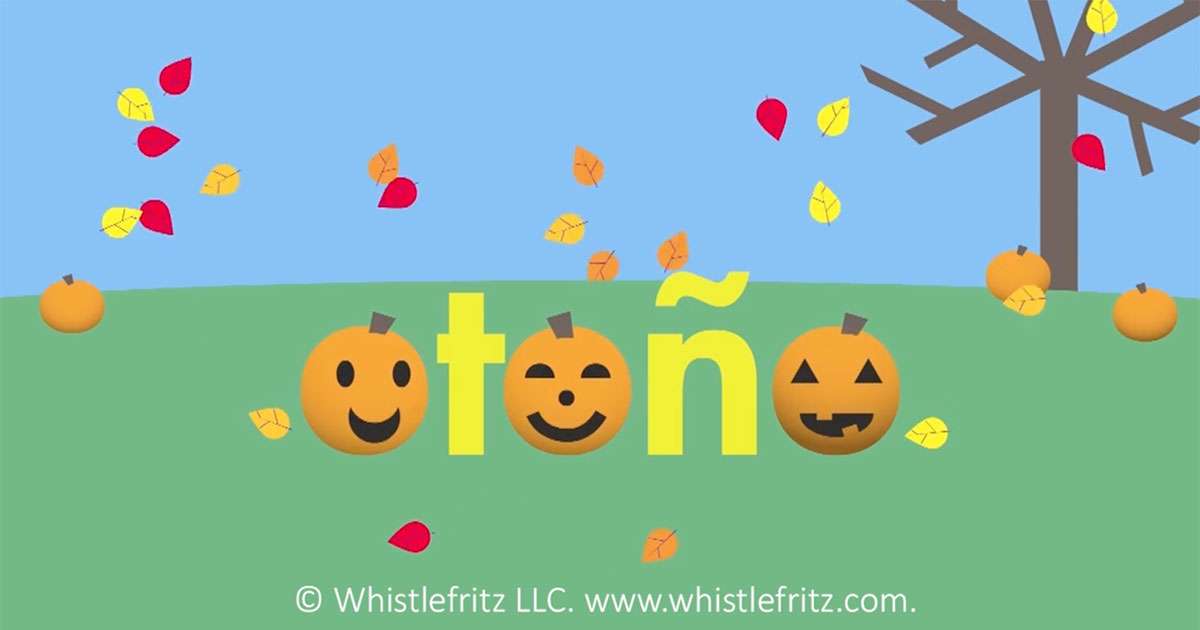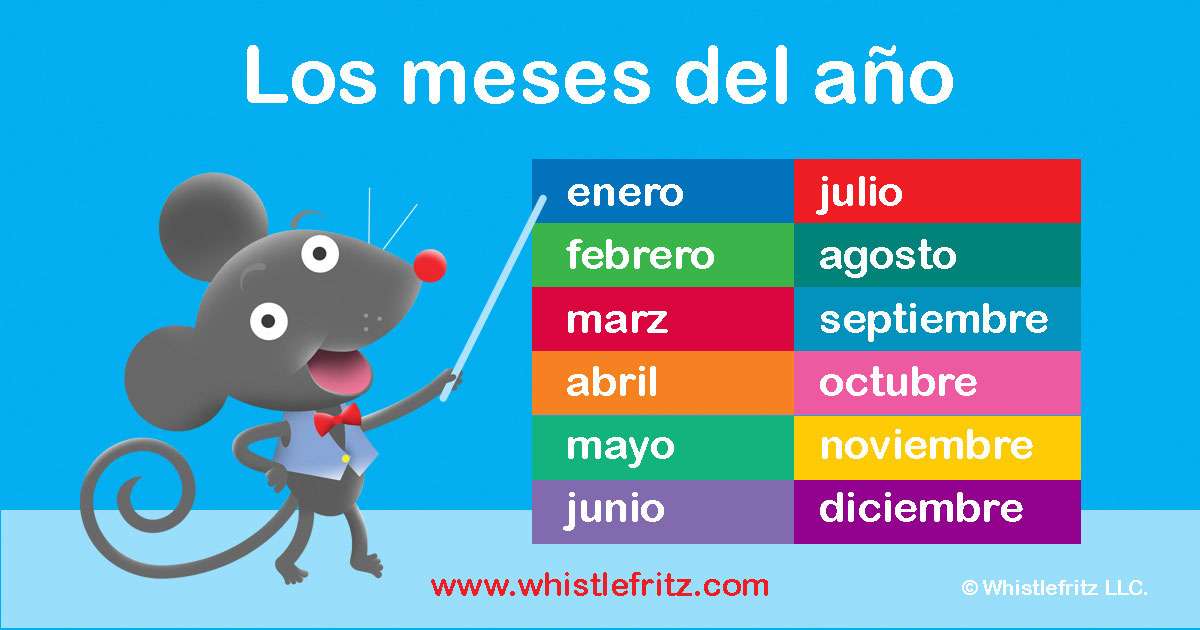EL BAILE DE LAS MANOS
©2008 Jorge Anaya and Heidi Stock
Todos los derechos reservados
PREPARA TUS DOS MANOS
PREPÁRATE A BAILAR
EL BAILE DE LAS MANOS
AL RITMO Y AL COMPÁS
CON LAS MANOS PARA ARRIBA
ARRIBA, ARRIBA
CON LAS MANOS PARA ABAJO
ABAJO, ABAJO
CON LAS MANOS PARA ARRIBA
ARRIBA, ARRIBA
CON LAS MANOS PARA ABAJO
ABAJO, ABAJO
CON LAS MANOS A LOS LADOS
LOS LADOS, LOS LADOS
CON LAS MANOS A APLAUDIR
APLAUDIR, APLAUDIR
CON LAS MANOS A LOS LADOS
LOS LADOS, LOS LADOS
CON LAS MANOS A APLAUDIR
APLAUDIR, APLAUDIR
CON LAS MANOS ADELANTE
ADELANTE, ADELANTE
CON LAS MANOS PARA ATRÁS
PARA ATRÁS, PARA ATRÁS
CON LAS MANOS ADELANTE
ADELANTE, ADELANTE
CON LAS MANOS PARA ATRÁS
PARA ATRÁS, PARA ATRÁS
Y A VOLAR, A VOLAR, A VOLAR
A VOLAR, A VOLAR
VAMOS TODOS A VOLAR
Y A VOLAR, A VOLAR, A VOLAR
A VOLAR, A VOLAR
Y VOLVEMOS A EMPEZAR
CON LAS MANOS PARA ARRIBA
ARRIBA, ARRIBA
CON LAS MANOS PARA ABAJO
ABAJO, ABAJO
CON LAS MANOS PARA ARRIBA
ARRIBA, ARRIBA
CON LAS MANOS PARA ABAJO
ABAJO, ABAJO
CON LAS MANOS A LOS LADOS
LOS LADOS, LOS LADOS
CON LAS MANOS A APLAUDIR
APLAUDIR, APLAUDIR
CON LAS MANOS A LOS LADOS
LOS LADOS, LOS LADOS
CON LAS MANOS A APLAUDIR
APLAUDIR, APLAUDIR
CON LAS MANOS ADELANTE
ADELANTE, ADELANTE
CON LAS MANOS PARA ATRÁS
PARA ATRÁS, PARA ATRÁS
CON LAS MANOS ADELANTE
ADELANTE, ADELANTE
CON LAS MANOS PARA ATRÁS
PARA ATRÁS, PARA ATRÁS
Y A VOLAR, A VOLAR, A VOLAR
A VOLAR, A VOLAR
VAMOS TODOS A VOLAR
Y A VOLAR, A VOLAR, A VOLAR
A VOLAR, A VOLAR
Y VOLVEMOS A EMPEZAR
PREPARA TUS DOS MANOS
PREPÁRATE A BAILAR
EL BAILE DE LAS MANOS
AL RITMO Y AL COMPÁS
CON LAS MANOS PARA ARRIBA
ARRIBA, ARRIBA
CON LAS MANOS PARA ABAJO
ABAJO, ABAJO
CON LAS MANOS PARA ARRIBA
ARRIBA, ARRIBA
CON LAS MANOS PARA ABAJO
ABAJO, ABAJO
CON LAS MANOS A LOS LADOS
LOS LADOS, LOS LADOS
CON LAS MANOS A APLAUDIR
APLAUDIR, APLAUDIR
CON LAS MANOS A LOS LADOS
LOS LADOS, LOS LADOS
CON LAS MANOS A APLAUDIR
APLAUDIR, APLAUDIR
CON LAS MANOS ADELANTE
ADELANTE, ADELANTE
CON LAS MANOS PARA ATRÁS
PARA ATRÁS, PARA ATRÁS
CON LAS MANOS ADELANTE
ADELANTE, ADELANTE
CON LAS MANOS PARA ATRÁS
PARA ATRÁS, PARA ATRÁS
Y A VOLAR, A VOLAR, A VOLAR
A VOLAR, A VOLAR
VAMOS TODOS A VOLAR





